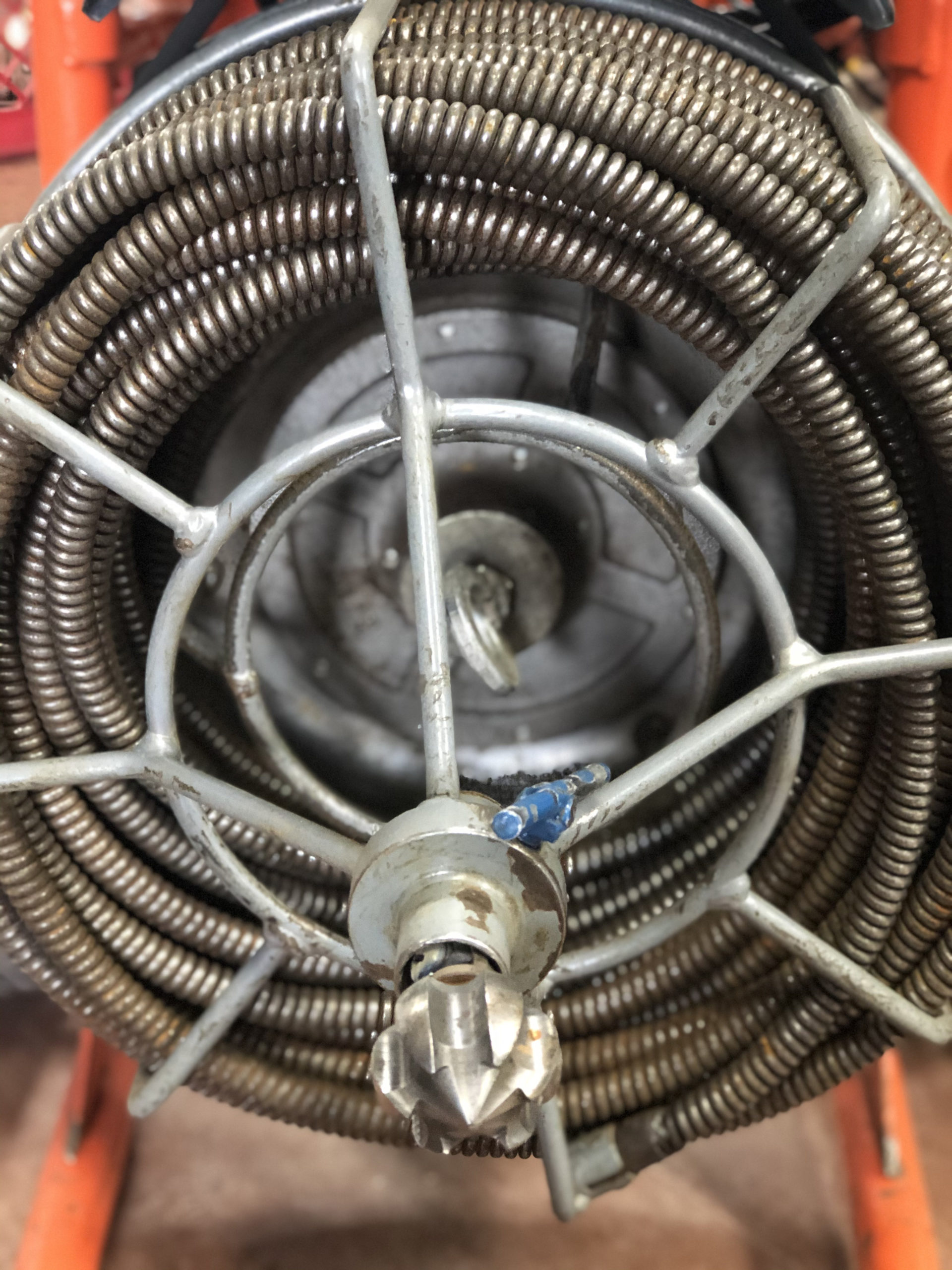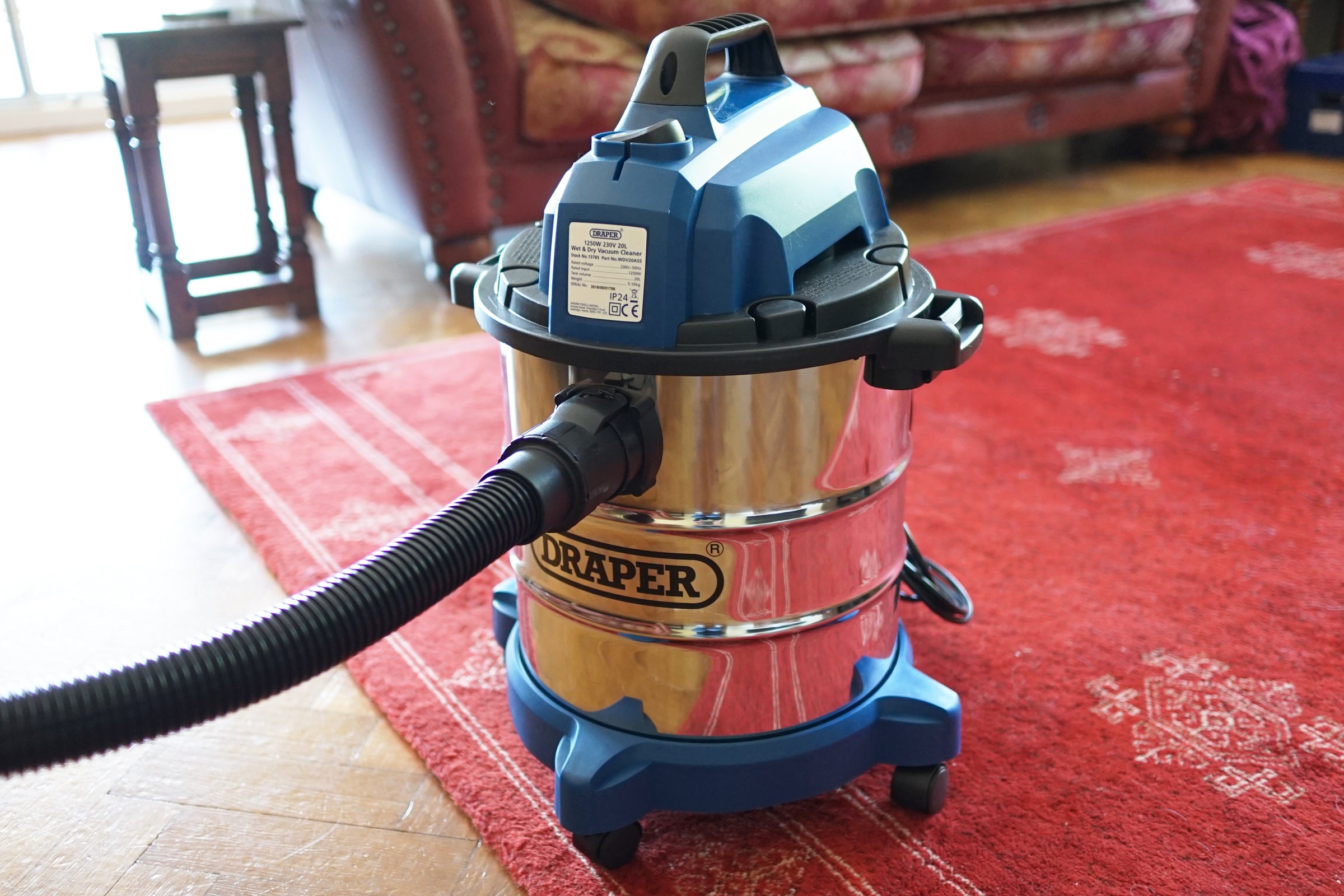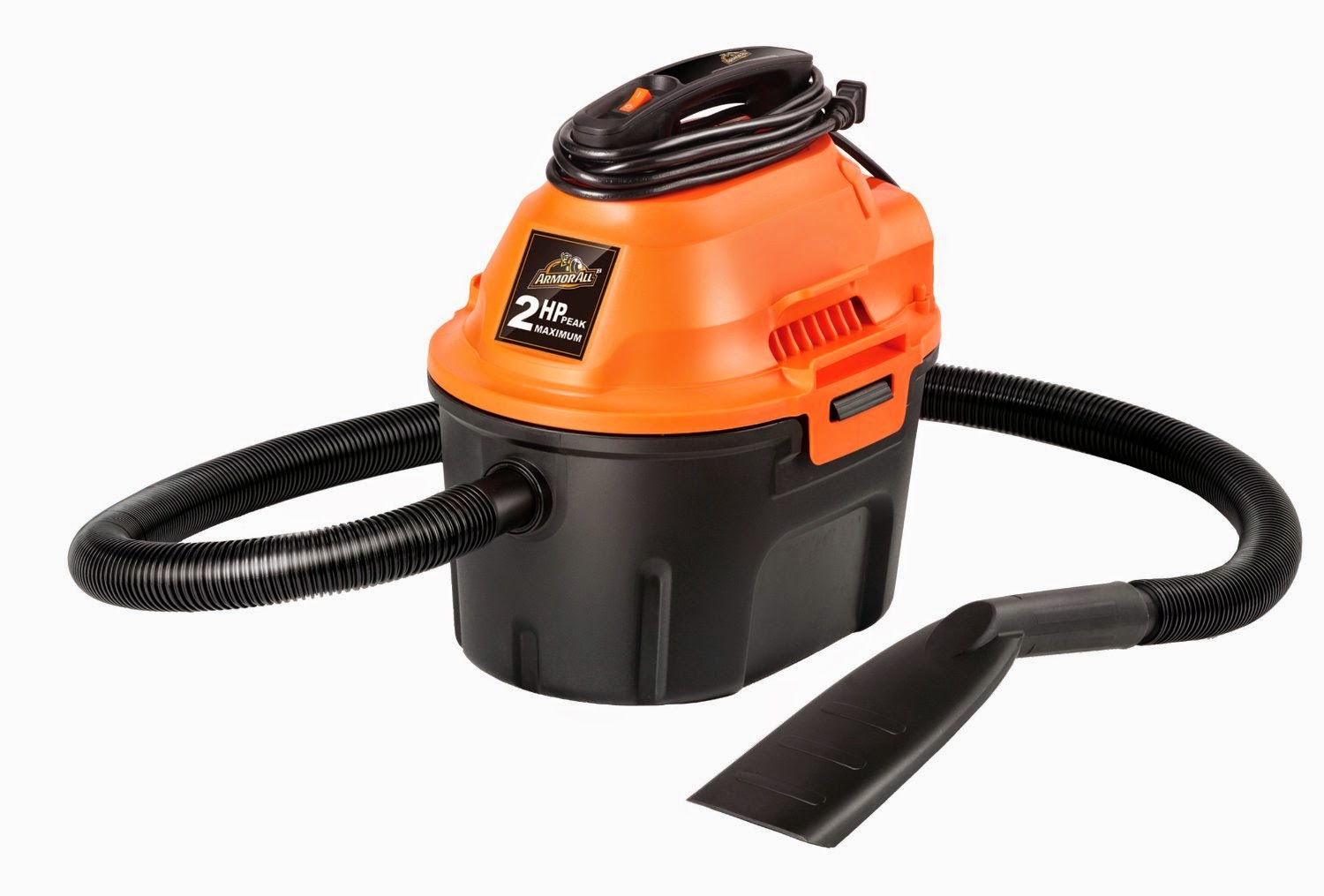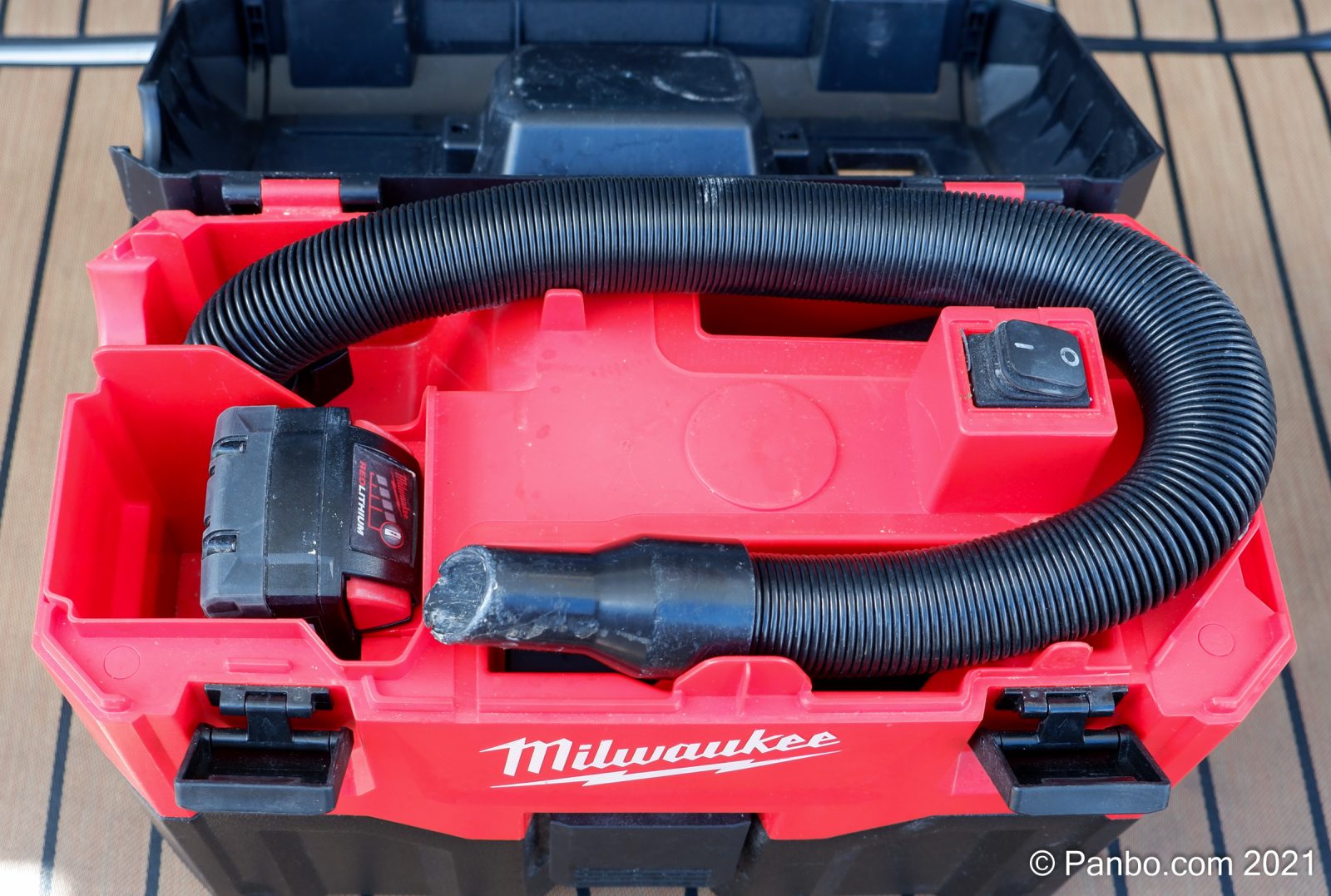If you notice that your kitchen sink is draining slowly or not at all, the first thing you should try is using a plunger. This simple tool can often solve the problem without the need for any harsh chemicals or professional assistance. To use a plunger, fill the sink with a few inches of water and place the rubber end of the plunger over the drain. Use a few forceful up and down motions to create suction and dislodge any debris clogging the drain.1. Use a Plunger
If the plunger doesn't work, or if you suspect that the clog is deeper in the pipes, you can try using a drain snake. This tool is designed to reach further into the pipes and break up any blockages. Insert the snake into the drain and twist it as you push it further in. Once you feel resistance, continue twisting and pulling the snake out to remove any debris.2. Try a Drain Snake
A natural and effective way to unclog a kitchen sink is by using a mixture of baking soda and vinegar. Start by pouring ½ cup of baking soda down the drain, followed by ½ cup of vinegar. Let the mixture sit for a few minutes, then pour a pot of hot water down the drain to flush out any loosened debris. This combination can help break down and dissolve any organic materials causing the clog.3. Use a Mixture of Baking Soda and Vinegar
If the clog is particularly stubborn, you may need to use a chemical drain cleaner to dissolve it. Be sure to read the instructions carefully and use gloves and eye protection when handling these harsh chemicals. Pour the recommended amount down the drain, let it sit for the specified time, then flush it out with hot water. This method should only be used as a last resort, as it can be damaging to your pipes and harmful to the environment.4. Use a Chemical Drain Cleaner
The P-trap is a U-shaped pipe located under the sink that is designed to trap debris and prevent it from clogging the rest of the pipes. However, over time, this trap can become clogged itself. To clean it, place a bucket or bowl under the trap to catch any water, then use a wrench to loosen the slip nuts and remove the trap. Clean out any debris and then reattach the trap. This method can be messy, so be sure to have towels and gloves handy.5. Remove and Clean the P-Trap
If you have a wet/dry vacuum, you can use it to suck out any debris from the drain. First, create a tight seal between the vacuum hose and the drain. Then turn on the vacuum to its highest setting and let it run for a few minutes to see if it can dislodge the clog. If this method doesn't work, you may need to try a more aggressive approach.6. Use a Wet/Dry Vacuum
If you prefer to use natural and non-toxic methods to unclog your kitchen sink, you can make your own drain cleaner using ingredients you likely already have at home. Mix together 1 cup of baking soda, 1 cup of salt, and ¼ cup of cream of tartar, then pour the mixture down the drain. Follow this up with 2 cups of boiling water. This combination can help dissolve and break up tough clogs.7. Try a Homemade Drain Cleaner
If you have a plumbing snake but aren't comfortable using it, you can hire a professional plumber to do the job for you. A plumbing snake is a long, flexible metal cable with a small auger or corkscrew at the end. The plumber will insert the snake into the drain and use it to push through and break up any clogs in the pipes.8. Use a Plumbing Snake
If none of these methods work or if you're not comfortable attempting them yourself, it's best to call a professional plumber. They have the knowledge, experience, and tools to effectively diagnose and unclog your kitchen sink. While it may cost more, it can save you time, effort, and potential damage to your plumbing system in the long run.9. Call a Professional Plumber
Prevention is always better than dealing with a clogged kitchen sink. To avoid future clogs, invest in a drain strainer. These inexpensive devices sit over your drain and catch any food particles or debris before they can go down the drain and cause a blockage. Simply empty the strainer after each use and dispose of the collected debris in the trash. In conclusion, a clogged kitchen sink can be a frustrating and inconvenient problem to deal with. However, with these 10 methods, you can effectively unclog your sink and get back to using it as normal. Remember to always use caution and follow the instructions carefully, and don't be afraid to call a professional if needed. With proper maintenance and prevention, you can keep your kitchen sink free of clogs in the future.10. Prevent Future Clogs by Using a Drain Strainer
How to Fix a Clogged Kitchen Sink: Tips and Tricks

Understanding the Common Causes of a Clogged Kitchen Sink
 A clogged kitchen sink can be a major inconvenience, especially during busy meal prep times. However, before you can effectively fix a clogged kitchen sink, it's important to understand what might have caused the blockage in the first place.
One of the most common causes of a clogged kitchen sink is food debris. Over time, small bits of food can accumulate in the drain, causing a buildup that eventually leads to a clog. Another culprit could be grease or oil, which can solidify and create a blockage in the pipes.
A clogged kitchen sink can be a major inconvenience, especially during busy meal prep times. However, before you can effectively fix a clogged kitchen sink, it's important to understand what might have caused the blockage in the first place.
One of the most common causes of a clogged kitchen sink is food debris. Over time, small bits of food can accumulate in the drain, causing a buildup that eventually leads to a clog. Another culprit could be grease or oil, which can solidify and create a blockage in the pipes.
Simple Solutions for Minor Clogs
 If your kitchen sink is only partially clogged, there are a few simple solutions you can try before resorting to more drastic measures. One method is to pour boiling water down the drain, which can help to melt away any grease or food buildup. You can also try using a plunger to dislodge the clog, just as you would for a toilet.
If your kitchen sink is only partially clogged, there are a few simple solutions you can try before resorting to more drastic measures. One method is to pour boiling water down the drain, which can help to melt away any grease or food buildup. You can also try using a plunger to dislodge the clog, just as you would for a toilet.
Using Baking Soda and Vinegar for Stubborn Clogs
 For more stubborn clogs, a combination of baking soda and vinegar can often do the trick. This natural and chemical-free method involves pouring half a cup of baking soda down the drain, followed by half a cup of vinegar. Let the mixture sit for about 15 minutes before pouring boiling water down the drain to flush out the clog.
For more stubborn clogs, a combination of baking soda and vinegar can often do the trick. This natural and chemical-free method involves pouring half a cup of baking soda down the drain, followed by half a cup of vinegar. Let the mixture sit for about 15 minutes before pouring boiling water down the drain to flush out the clog.
When to Call in a Professional Plumber
 If none of the above methods work or if you have a recurring clog in your kitchen sink, it may be time to call in a professional plumber. They have the necessary tools and expertise to tackle even the toughest clogs and can also identify any underlying issues that may be causing the problem.
If none of the above methods work or if you have a recurring clog in your kitchen sink, it may be time to call in a professional plumber. They have the necessary tools and expertise to tackle even the toughest clogs and can also identify any underlying issues that may be causing the problem.
Preventing Future Clogs
 The best way to deal with a clogged kitchen sink is to prevent it from happening in the first place. You can do this by regularly cleaning your drain with a mixture of baking soda and vinegar, as well as avoiding pouring grease and oil down the drain. Additionally, using a drain stopper can help catch food debris before it goes down the drain.
In conclusion, a clogged kitchen sink can be a frustrating and time-consuming issue to deal with. However, armed with the knowledge of common causes and simple solutions, you can effectively fix and prevent clogs in the future. If all else fails, don't hesitate to call in a professional for assistance.
The best way to deal with a clogged kitchen sink is to prevent it from happening in the first place. You can do this by regularly cleaning your drain with a mixture of baking soda and vinegar, as well as avoiding pouring grease and oil down the drain. Additionally, using a drain stopper can help catch food debris before it goes down the drain.
In conclusion, a clogged kitchen sink can be a frustrating and time-consuming issue to deal with. However, armed with the knowledge of common causes and simple solutions, you can effectively fix and prevent clogs in the future. If all else fails, don't hesitate to call in a professional for assistance.





































































:max_bytes(150000):strip_icc()/homemade-drain-cleaner-2718784-10-d0d43469f00a45f6890b0a959d28cc8e.jpg)



/water-bubbling-in-a-sink-565787327-5796b22c3df78ceb86aa3361.jpg)









































